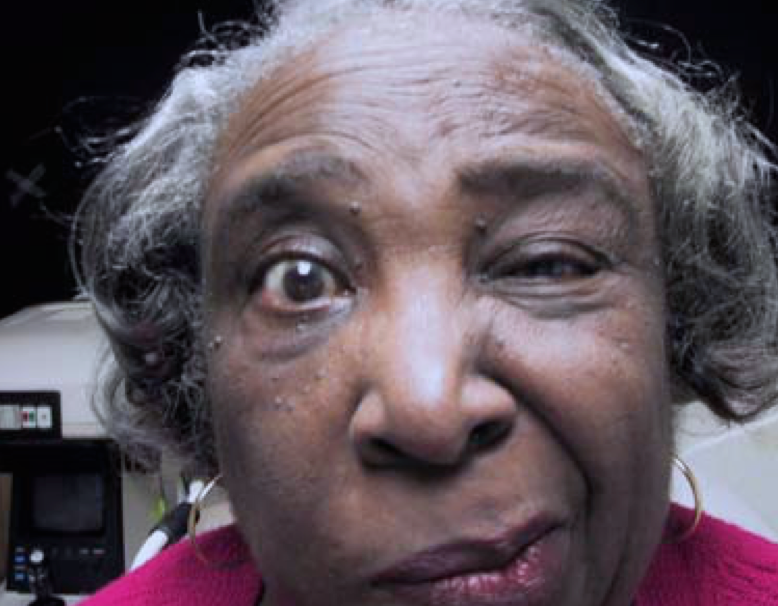Hemifacial Spasm
Hemifacial Spasm (HFS) is a chronic condition that affects the face. Hemifacial spasm causes involuntary contractions, called “spasms,” of the muscles on one side of the face, while the other side of the face remains normal.
The spasms typically start around the eye and cause the eye to twitch, blink, squeeze, or close. Sometimes, the eye on the affected side looks smaller or the eyelid looks droopy.
With time, the condition involves the cheek area, causing the corner of the mouth to tighten and pull up. HFS may eventually affect the neck muscles, and can also cause a clicking sound from muscle involvement in the middle ear.
The spasms in HFS can come in intermittent bursts. They may be triggered by facial movement (smiling, talking, eating, blinking, etc.). Lifestyle triggers, such as stress, fatigue, lack of sleep, too much caffeine, or anxiety, may also worsen spasms. The spasms persist during sleep.
HFS is caused by increased activity of the facial nerve, thought to be caused by irritation from a blood vessel adjacent to the nerve deep within the brain. Every time the blood vessel pulsates with the beat of the heart, the facial nerve next to it gets irritated, and ultimately goes into spasm.
Treatment of hemifacial spasm is possible. Unfortunately, there is no cure for the condition, though the spasms can be lessened.
Botulinum toxin is an effective treatment for hemifacial spasm. Botulinum toxin is available under the trade names Botox®, Dysport®, Myobloc®, and Xeomin®.
Dr. Banik performs Botox® injections for HFS. The injections are done in her office and usually take 5-10 minutes. Botox® is injected under the skin through a very tiny needle. It does not get absorbed into the bloodstream and does not affect the rest of the body. The small amount of Botox® injected is a fraction of the dose that causes botulism. Most patients report only mild discomfort during the injection lasting seconds.
The Botox® takes effect within a few days, relaxing and weakening the facial muscles and reducing spasm. The effect wears off in 3-4 months and the injections must be repeated. Most patients have no side effects from the injections but minor bruising can occur at the injection sites. Rarely do temporary lid drooping and double vision occur.
Other treatment options may include oral medications, which unfortunately are rarely effective at controlling the spasms. Brain surgery can sometimes help, and consists of placing a small sponge between the nerve and the artery (“facial nerve decompression”) deep within the brain. Though some patients have good results with surgery, in others, spasms may persist, or even worsen.

Image above: Left-sided hemifacial spasm
*Courtesy of www.nanosweb.org
Facial Nerve Misdirection Syndrome
Facial Nerve Misdirection Syndrome is a condition similar to HFS. During recovery from facial nerve palsy (sometimes called “Bell’s palsy”), the nerve branches become “miswired”. Most of the time, the nerves grow back and re-establish their connections with the original muscles. In Facial Nerve Misdirection Syndrome, the growing nerves connect to the wrong muscle instead of, or in addition to their correct connections.
In those cases, firing of the facial nerve results in contraction of the wrong muscle or of wrong muscles in addition to the intended muscle. This misdirection causes the mouth to move when the eye closes, or causes the eye to close with pursing of the lips. Careful injection of Botox®can interrupt or block the miswired messages and return function.
Whether Rudrani Banik, MD is the first Neuro-Ophthalmologist you are visiting for treatment of hemifacial spasm, or the last one, she will make sure she does everything in her power to find an effective treatment to help you see, feel, and function better.
